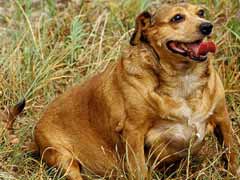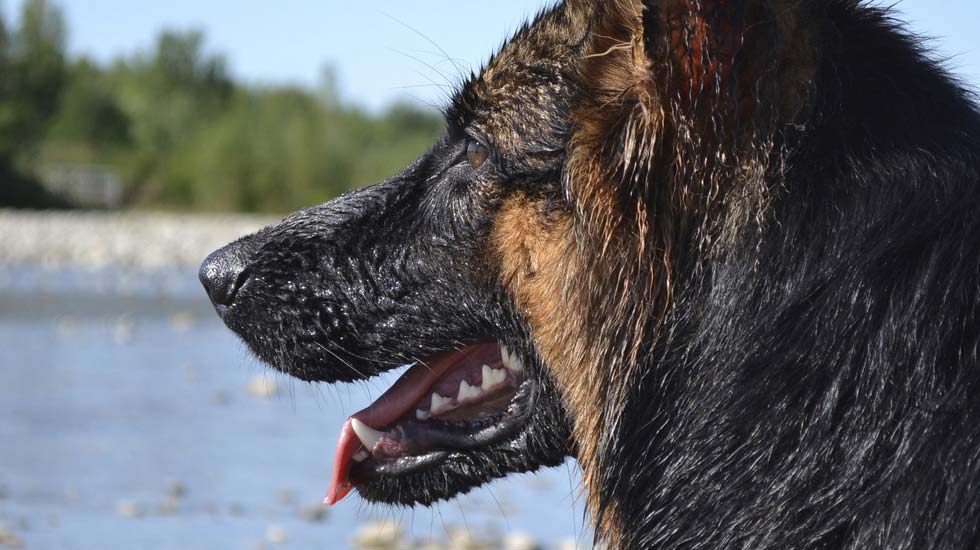Rocky Mountain Spotted Fever (RMSF) is a tick-borne infection which can affect both dogs and humans. It is a zoonotic disease which is caused by Rickettsia rickettsii, a parasite that dwells within the cells of the host. Humans cannot acquire the infection from dogs rather, the dogs can carry ticks that can transmit the parasite to man.
The infection is transmitted from one dog to another via the bite of Rocky Mountain Spotted Fever tick, Dermacentor andersoni and the American dog tick, Dermacentor variabilis. The incidence of Rocky Mountain Spotted Fever is remarkably high during the tick season that ranges from April to September. In order for the tick to transmit the parasite, it has to remain attached to the host (dog) for at least 5-20 hours for transmission to take place.
Rocky Mountain Spotted Fever symptoms in dogs is characterized by a subclinical and acute phase. Dogs with subclinical infections fail to show signs of the disease although tests may reveal certain abnormalities. Dogs often recover quickly from the subclinical form of the infection.
On the other hand, the acute stage of RMSF is manifested by various symptoms that can suggest a variety of diseases. These symptoms are general and non-specific such as anorexia or loss of appetite, depression, muscle and joint pains, fever, accumulation of fluid in the face and legs, and enlarged lymph nodes. Infected dogs may also suffer from gastrointestinal problems such as diarrhea and vomiting.
Nervous signs including dizziness, seizures, and stupor may also be manifested and sometimes become quite severe. Evidence of hemorrhage may be seen in the retina of the eye, nose bleeds, and blood-tinge stool and urine. This hemorrhagic syndrome usually occurs within one to two weeks after being infected and may lead to shock and multiple organ failure. Common complications include renal failure, heart arrhythmias and pneumonia which can eventually lead to death of the animal.
Cases of RMSF are often mistaken for Canine Distemper, Canine Ehrlichiosis or Lyme Disease since most clinical signs are suggestive of these diseases.
Aside from clinical signs, diagnosis is made based on the recommended laboratory tests that may reveal slight anemia, a deficient platelet count and increased number of liver enzymes.
A serological test (micro-IFA antibody titer in paired serum test) is also available to measure the dog's antibodies against R. rickettsii. The test is usually done twice to assess whether there is a significant change in the results. A significant rise in the dog's antibodies against R. rickettsii will often indicate an active infection.
Another test can also be done to determine whether there are antigens of R. rickettsii in the dog's body. This is done via a small biopsy on the skin where the tick bite is present. The test can be conducted as early as 4 days after the dog has been bitten.
Rocky Mountain Spotted Fever in dogs can be successfully treated with tetracycline, doxycline, and enrofloxacin. The dramatic positive response of the dog to antibiotic therapy is also indicative of the disease. The percentage of recovery is high when antibiotic therapy is started early even before RMSF has been confirmed.
Aside from antibiotics, supportive and symptomatic treatment is also given.
The best way to protect your dogs against RMSF is a good tick control program. The use of tick repellents such as those containing permethrin and tick collars with amitrax can be used particularly during the tick season. Dogs that recover from the infection have been found to be immune to re-infection for several years. Rodent control is also very important because they play an important role in the tick's life cycle. There is no available vaccine for RMSF.

 Signs of a Dog That Has Lost Her Litter of Puppies
Signs of a Dog That Has Lost Her Litter of Pup
Signs of a Dog That Has Lost Her Litter of Puppies
Signs of a Dog That Has Lost Her Litter of Pup
 Dog Diabetes Diet
Dog di
Dog Diabetes Diet
Dog di
 Natural Treatments for Your Car
Car-Sick Canine: Holistic Remedies
Natural Treatments for Your Car
Car-Sick Canine: Holistic Remedies
 Easing a Dog’s Passing
Weighing the Decision to Euthanize
Easing a Dog’s Passing
Weighing the Decision to Euthanize
 What is Posture and Why Should We Care About it?
When we think about the activities
What is Posture and Why Should We Care About it?
When we think about the activities